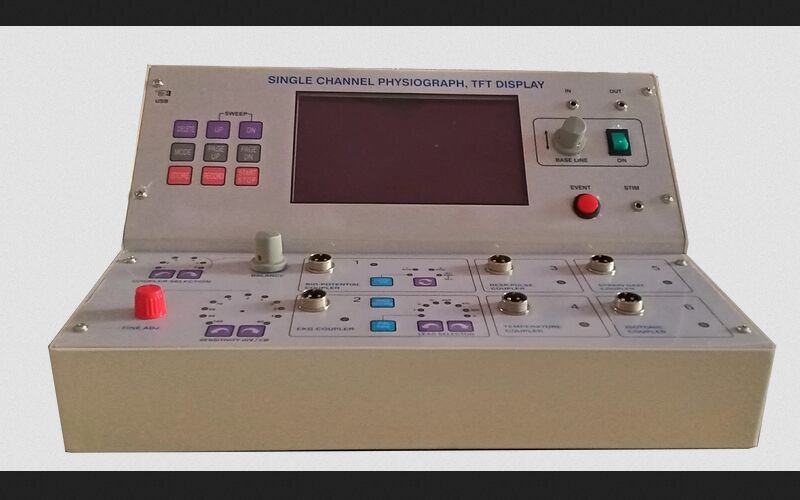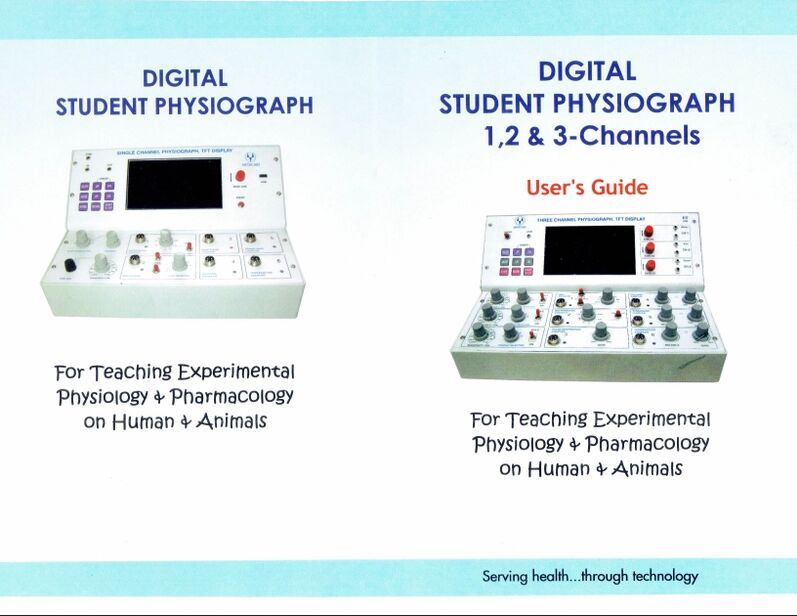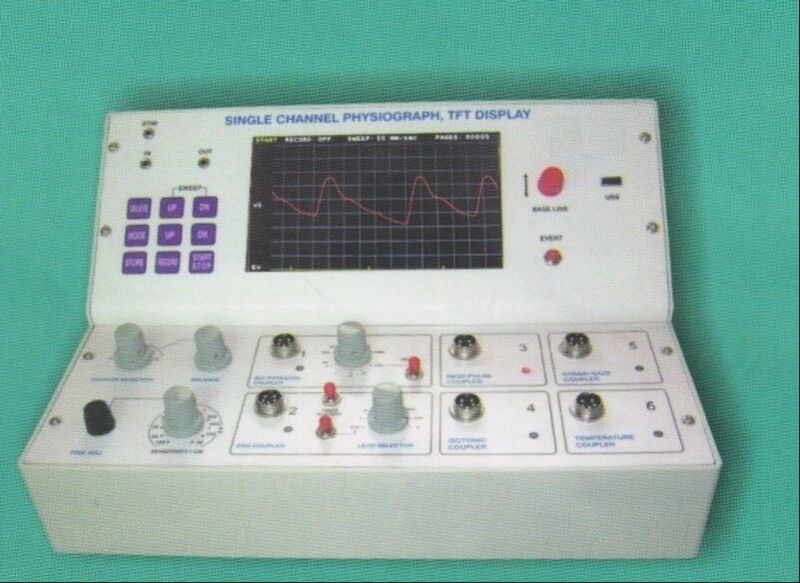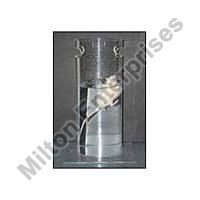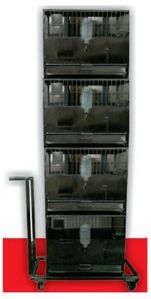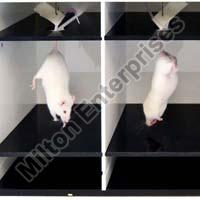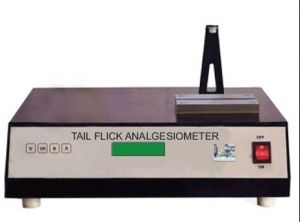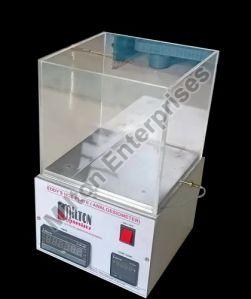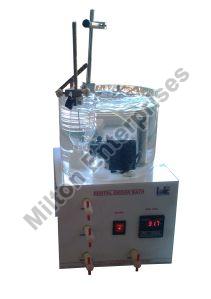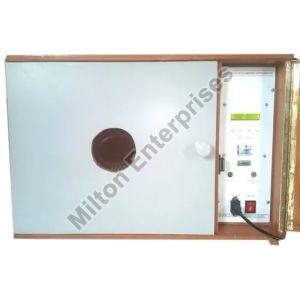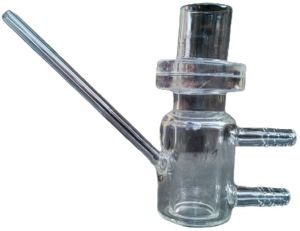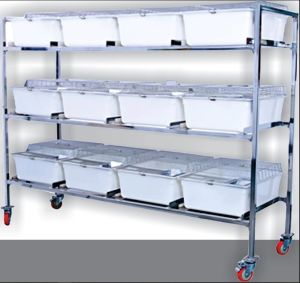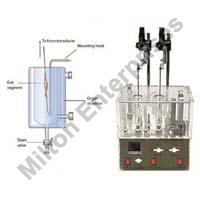login2le@gmail.com +91-9272111897, +91-9168129688
- Send SMS Send Email
| Business Type | Manufacturer, Exporter, Supplier |
| Brand Name | MILTON |
| Power Supply | AC |
| Phase | Single Phase |
| Click to view more | |
Preferred Buyer From
| Location | Anywhere in India |
Product Details
A student physiograph, also known as a kymograph or physiological recording system, is a laboratory instrument used in physiology and biomedical research to record and analyze physiological signals and responses. Here's how it's used: Recording Physiological Signals: A student physiograph records various physiological signals such as heart rate, blood pressure, respiratory rate, muscle contractions, and electrical activity of the heart (ECG) or brain (EEG). These signals are typically measured using sensors or transducers that convert physiological phenomena into electrical signals. Experimental Setup: Researchers set up experiments by attaching sensors or electrodes to the subject (e.g., human, animal, or tissue preparation) to measure specific physiological parameters. The signals from these sensors are then transmitted to the physiograph for recording and analysis. Data Visualization: The physiograph records physiological signals over time, displaying them graphically on a rotating drum or digital screen. This allows researchers to visualize and analyze changes in physiological parameters in response to experimental manipulations, interventions, or stimuli. Data Analysis: Physiological recordings obtained from the student physiograph can be analyzed to extract various parameters such as amplitude, frequency, duration, and latency of physiological responses. This data analysis helps researchers quantify and interpret the physiological effects of experimental conditions or treatments. Teaching Tool: Student physiographs are commonly used in educational settings, such as undergraduate physiology or biomedical science laboratories, to teach students fundamental principles of physiological measurement, experimental design, and data analysis. Students learn how to set up experiments, record physiological signals, and interpret the results. Research Applications: In research laboratories, student physiographs are used for conducting experiments to investigate physiological mechanisms, pathophysiology of disease, effects of drugs or interventions, and responses to environmental stimuli. They are valuable tools for generating data that contributes to scientific understanding and medical advancements. Demonstration of Biological Concepts: Physiographs can also be used for demonstration purposes in public outreach events or scientific presentations. By recording and displaying physiological responses in real-time, researchers can illustrate biological concepts and engage audiences in understanding the complexity of living systems.
Looking for "STUDENT DIGITAL PHYSIOGRAPH" ?
Explore More Products


